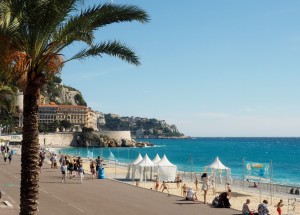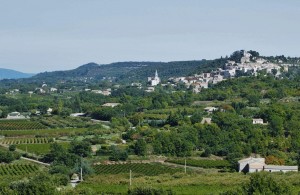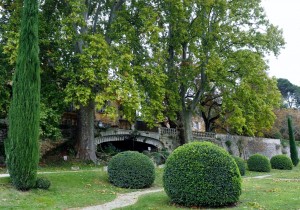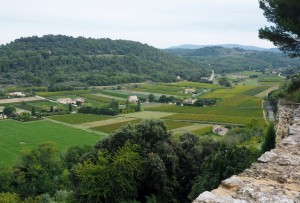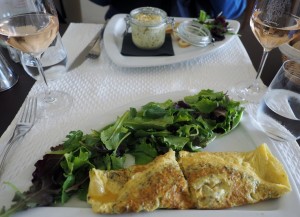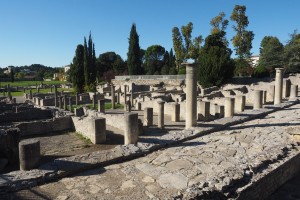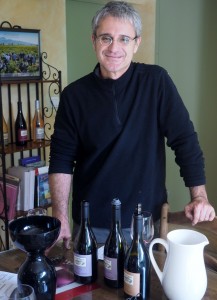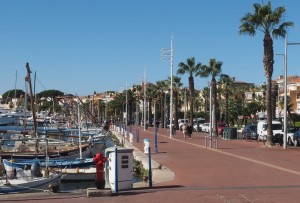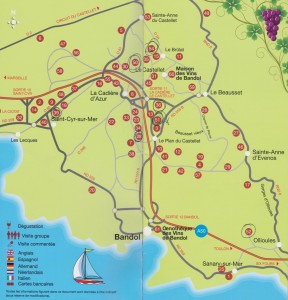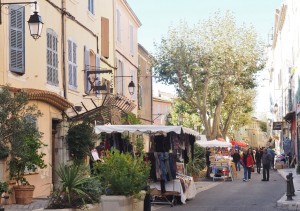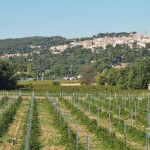Within days we will be entering a brave new world in Ontario with lots of competition in beer sales from private retailers, with wine following close behind. At least that is the hype from the provincial government as it announces “the biggest change since the repeal of Prohibition”, with its recent amendments to the Liquor Control Act. It’s now time to take a closer look at what these “changes” really are. This post is more about beer than my usual wine theme, because that’s what’s happening right now, but the current situation illuminates the mindset of the folks who came up with this scheme.
The Beer Store Monopoly
First, a little background to beer sales in Ontario. Many, many people believe that The Beer Store, which has a near monopoly on beer sales in the province, is government owned. In an Ipsos Reid survey in 2013 (reportedly, as the survey results can no longer be found on line), only 13% of responders knew it was foreign owned [buzzer sound] Yes, it is owned by three giant multinational foreign beer companies, none of which is majority Canadian owned: Molson Coors (read Coors), Anheuser-Busch InBev (owners of Labatts), and Sapporo from Japan (owners of Sleemans). I say “near monopoly” because there are only two other ways for the consumer to buy beer in Ontario, at the LCBO (also a near monopoly) and at the breweries themselves (not very convenient). Now here are the facts that will make the situation clearer:
- The Beer Store (we’ll call it TBS from now on) is privately owned.
- It sets its own prices, unregulated (to be accurate, prices are set by the brewers, but as we have seen, that is effectively the same thing).
- Correction, the only government regulation is to set a minimum retail price.
- Any other beer retailers must sell at the price set by TBS. Therefore it is effectively a monopoly if competitors cannot undercut on price.
There is no other jurisdiction in the world that licenses a private company to have a monopoly on alcohol sales and then to have no regulation or oversight on pricing. It’s madness. And here’s one more point that will make you sit up. The Beer Store also supplies bars, restaurants, etc. for selling on to consumers. Since that activity is effectively wholesaling, the price charged will be somewhat less than the price consumers pay, right? WRONG! TBS charges up to 30% more to drinking establishments than to retail customers. They are out of control. You can see the actual numbers in the recent C.D. Howe Institute report on “The Need for More Competition in Ontario’s Alcoholic Beverage Retailing System”; check out Table 1.
The Truth about Grocery Store Sales of Beer
Starting December 15, 2015, grocery stores are commencing sales of beer to the public. What we gain is some more outlets selling beer. That’s good. More importantly, there’s finally some competition for TBS, right? Wrong again. As pointed out in the previous section, the new retailers must sell their beer at the same price as TBS in order to protect it from serious competition. Here are a few more interesting points:
- The new retailers can only obtain their beer inventory through the LCBO.
- There was a bidding process to obtain the right to sell beer at a grocery store. The regulations required that the retailer’s application stipulate a profit margin of between 3% and 9.9%. Well, just imagine how successful you would be if you went with the high end. Therefore the retailer will only have a margin of a few % and the LCBO retains almost all the profit for acting as a middle man.
- The beer sales counters can only be open during the same hours as the LCBO or TBS, not grocery store hours, so you’ll often go and find beer unavailable. That surely doesn’t contribute much to the convenience factor.
- Beer cannot be sold in any package larger than a six-pack, a rule also designed to protect TBS.
- Stores must have at least 10,000 square feet of food retail space, and must sell a complete range of fresh and packaged foodstuffs. These rules are designed to shut convenience stores out of the market.
All right, that’s enough about beer – you get the idea. The government has designed the system to protect the big boys while appearing to increase competition. The only advantage to the consumer is a very modest increase in convenience while the huge advantage to the government is that they may be able to fend off some lawsuits that are challenging their right to monopolize the business and inflate prices. Now let’s see what the implications for wine sales might be.
Grocery Store Sales of Wine
At the moment the enabling of grocery stores to sell wine is up in the air because of the purported additional complications in this market, related to the North American Free Trade Agreement (NAFTA). The possible problem is that there is an exemption in NAFTA that grandfathers winery owned stores that existed before NAFTA came into effect. At that time many different wineries had retail stores (they were only allowed one each) that were stand alone or on the premises of supermarkets, for example. Because the number of stores was then fixed in perpetuity, larger wine companies started buying up the little guys in order to gain the retail store space, thereby limiting competition. We have now reached the point where 260 of the 292 stores are owned by just two companies: Constellation Brands (the “Wine Rack”) and Andrew Peller (the “Wine Shop”). This situation has put most small producers at a disadvantage in the marketplace, perhaps contributing to the decline in Canadian wine sales over the past 40 years.
The rule (and I think there is something similar in the Canada-European Union Comprehensive Economic and Trade Agreement, or CETA) is based on the premise that additional stores selling only Canadian wine would put foreign producers at a disadvantage. But grocery stores wouldn’t be limited just to Canadian wine, so this sounds like a bogus argument to slow down the process until the LCBO figures out how to hamstring the grocery stores so much that the LCBO makes as much money as ever for less work. Legal opinion seems to agree with me.
So, heaven only knows what the LCBO is plotting (the government basically takes their marching orders from the LCBO in the area of alcoholic beverage sales) but you can be sure that increased competition is the least of their concerns. We are supposed to find out more early in the New Year.

